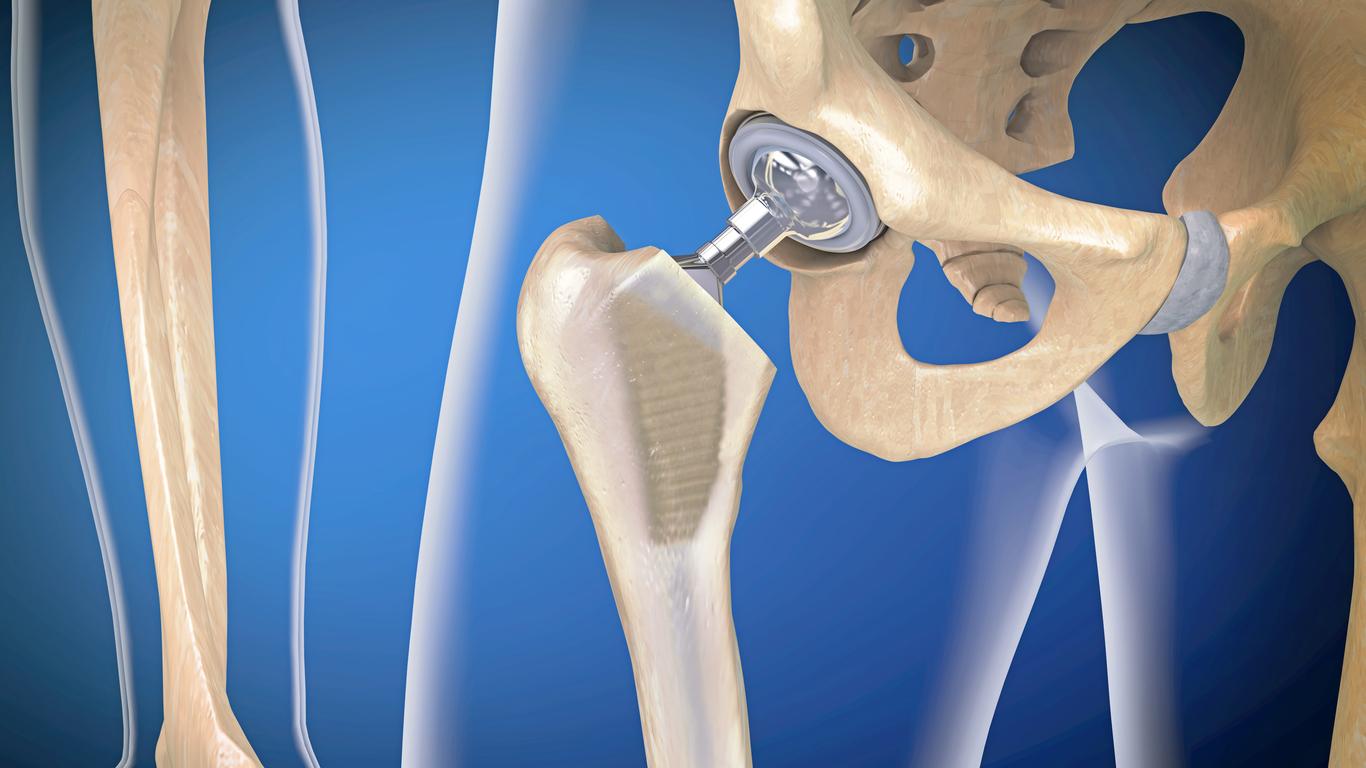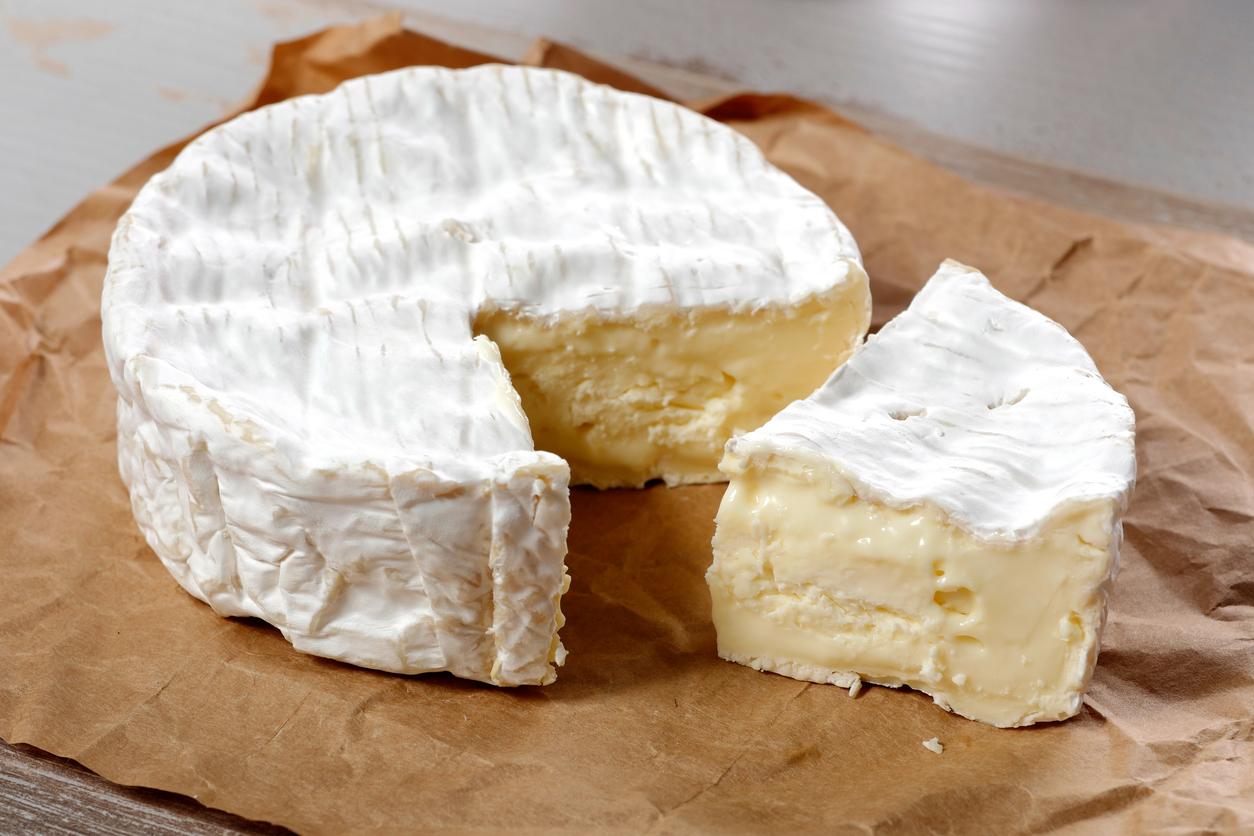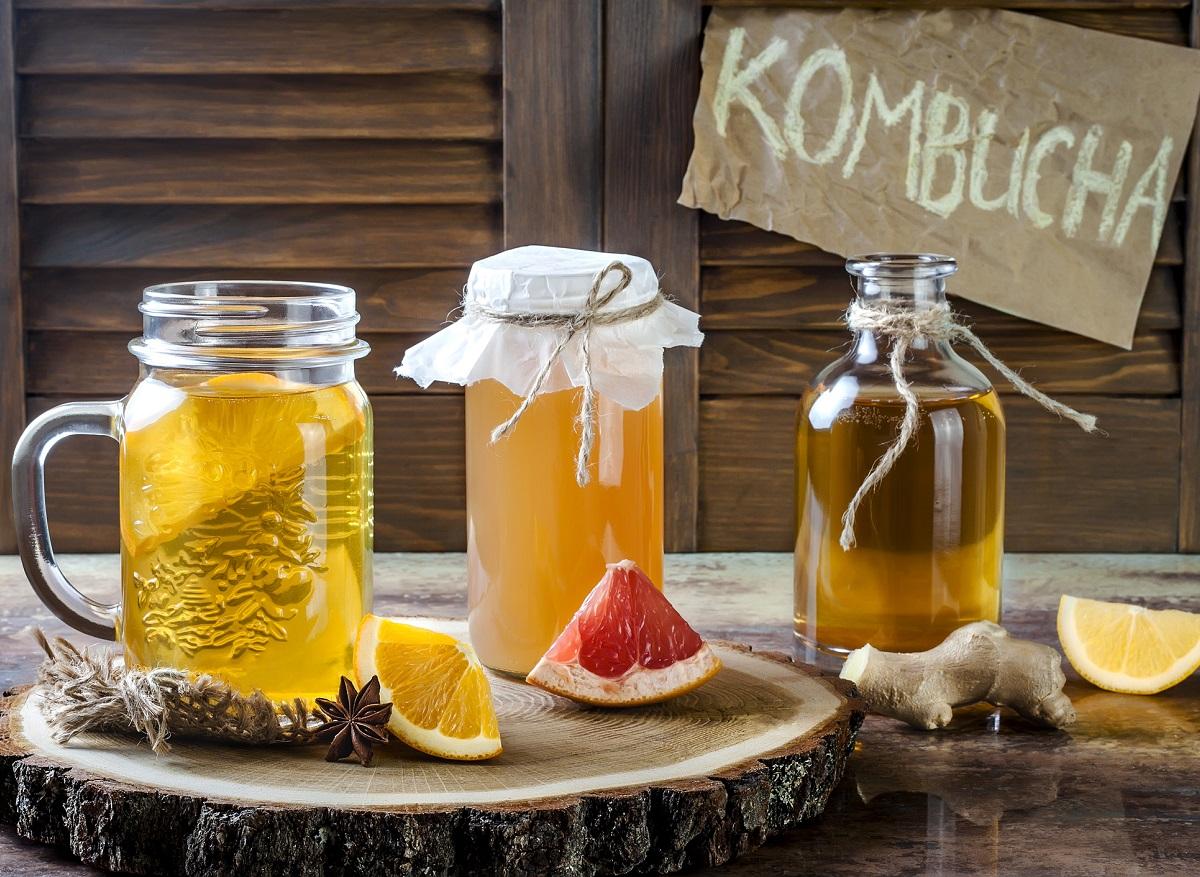
What is it exactly?
The word is buzzing in the world of chefs and foodies: fermentation. Allowing products to ‘rot’ with the help of yeasts, bacteria and fungi. Sounds dirty? No, it is actually very tasty! And healthy too.
The New York Times called fermentation the big restaurant trend last year. The leading and innovative restaurant Moma in Copenhagen is experimenting with fermentation. The chefs there ferment just about everything, from crickets to weeds and from cranberries to pistachios. Don’t think this is new, no, fermenting has been used by humans for thousands of years to make food last longer. The discovery of the refrigerator has reduced the need, and fermentation has more or less been forgotten. Nevertheless, there are many fermented products on the menu in our diet. Think of sauerkraut, yogurt, cheese, beer, tempeh and wine.
During the fermentation process, the taste of a product changes. Think of white cabbage, which has a delicious spicy-sour taste due to the action of lactic acid bacteria and changes into sauerkraut. Sourdough bread is also created by a fermentation process of lactic acid bacteria.
live food
The secret to fermenting is that you let good bacteria – added or naturally present – do their job. They eat the sugars present. Acids are formed, such as lactic acid, but also alcohol, carbon dioxide and alcohol. All those acidic by-products not only change the taste, they also become less attractive to pathogenic bacteria. This makes fermented products highly resistant to spoilage. Because of the presence of the good bacteria, fermented food is also called ‘live’ food. By the way, you have to be careful what you buy. The sauerkraut in the supermarket, for example, is often pasteurized after preparation, so that the bacteria are dead. It is better to make sauerkraut yourself or buy it from a greengrocer that still prepares sauerkraut.
sourdough Bread
You can also use fermentation in bread; this is sourdough bread. You make sourdough bread with a starter dough: a sourdough starter. That is a mixture of flour and water, which you let ferment or acidify. Lactic acid bacteria ensure that the sugars in the dough are converted into gas, alcohol, lactic acid and acetic acid. Gas and alcohol cause the bread to rise and the acids give the specific taste. Sourdough bread is nice and tender and firm. It contains less phytic acid than yeast leavened bread. This is probably beneficial for the absorption of iron and other minerals.
Healthy?
Fermented products have a healthy image. The good bacteria may have a beneficial effect on the gut and resistance, just like probiotics that are added to dairy drinks or powders. However, this effect has not yet been scientifically proven. It is of course also difficult to research, because there are a lot of fermented products and the type and amount of bacteria can vary quite a bit. But there are indications of a beneficial effect. For example, a Swedish study recently found that the use of fermented milk products (cheese, yogurt) is associated with a longer life, in contrast to milk itself. And scientists in Asia are studying the effect of products like kimchi (Korean fermented cabbage dish) and tempeh (fermented soybean) as probiotics. One thing is certain: fermented products are certainly not unhealthy and a tasty addition to your daily diet.
















